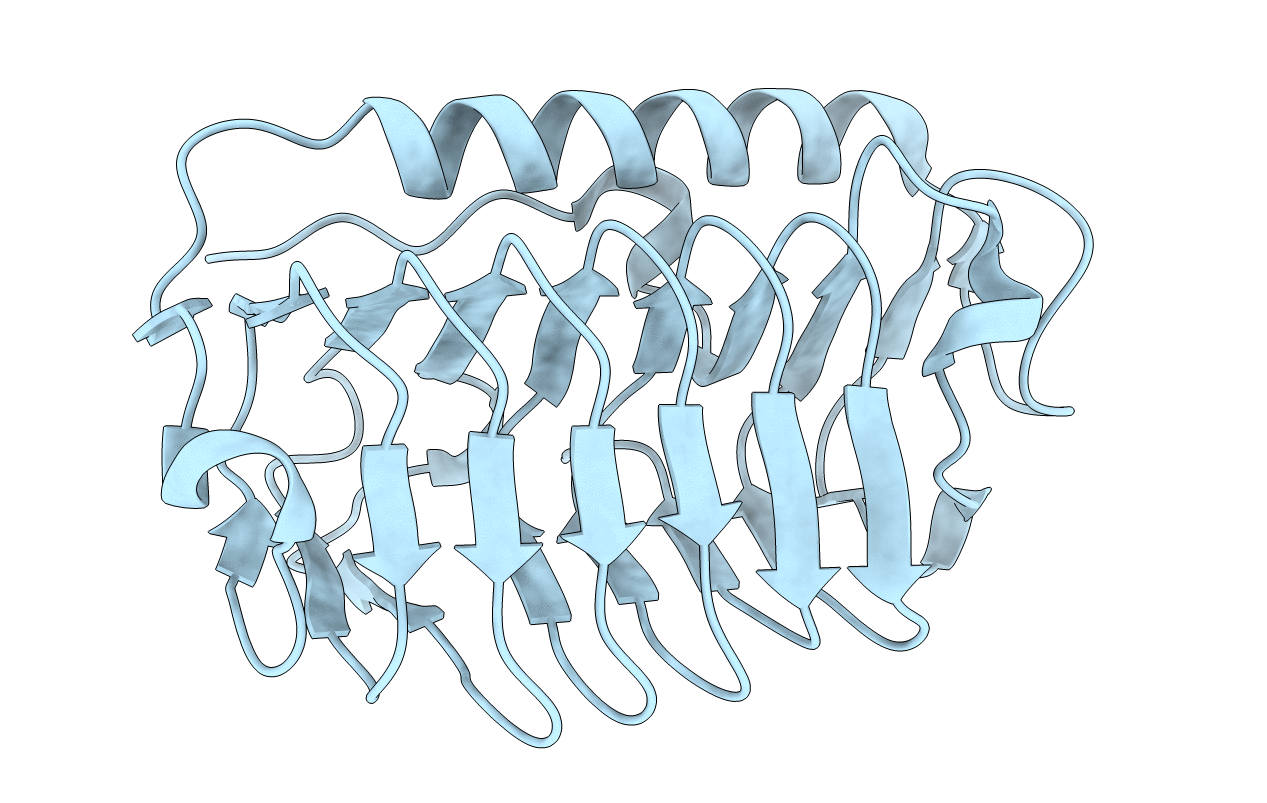
Deposition Date
2021-03-29
Release Date
2022-03-02
Last Version Date
2023-11-29
Entry Detail
Biological Source:
Source Organism:
Flavobacterium frigoris PS1 (Taxon ID: 1086011)
Host Organism:
Method Details:
Experimental Method:
Resolution:
2.00 Å
R-Value Free:
0.24
R-Value Work:
0.22
R-Value Observed:
0.22
Space Group:
P 41 2 2


